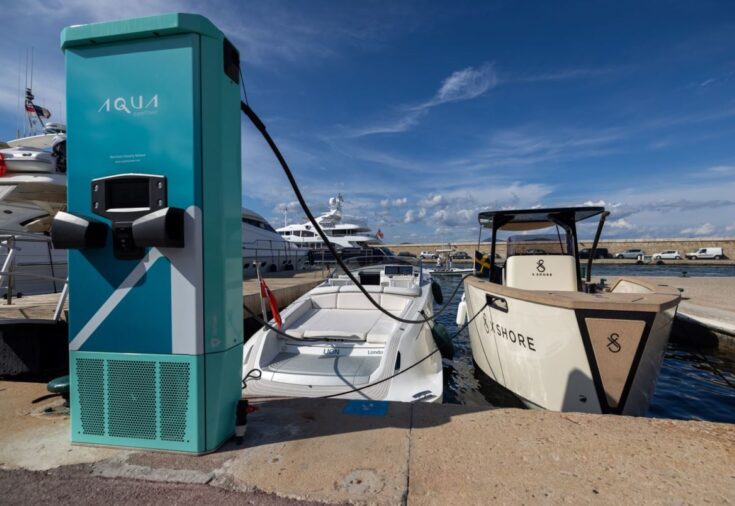A consortium of marine experts explores bidirectional charging to reduce energy costs and cut emissions, thanks to funding win of nearly £260,000.
Transitioning from petrol and diesel engines to green fuel alternatives is an essential part of the marine sector’s move to net zero. Although electric boat batteries are one of the most advanced and popular options, they come with their own set of unique challenges that can limit take up.
As well as the high upfront cost of installing charging infrastructure, there is often limited power available in marinas, harbours and ports. There is also potential battery degradation from infrequent use in leisure craft.
Virtual Bunkering for Electric Vessels (VBEV)
Now, a new research project VBEV is exploring how a virtual bunkering service could enable existing electric-powered boats to support the charging infrastructure and help balance the power grid. This is done without the need for expensive grid upgrades.
Adapting the bidirectional chargers that are currently used in the automotive industry, virtual bunkering will allow power to go in both directions.
From the charging point to the battery when a boat needs to be charged and back to the charging point when vessels are moored, this power could:
- go back to the grid to enable better energy management
- be used for other vessels or harbour infrastructure
This would enable electric-powered boat users to both reduce energy costs and cut emissions.
Developing a world-first demonstrator
Electric boat charging operator, Aqua superPower, is leading the VBEV project together with:
- bidirectional charging manufacturer, Indra Renewable Technologies
- research and technology experts, Cenex
- the University of Plymouth
The eight-month project will see the project partners engaging with electric boat builders, boat users, marina operators, as well as local and national power network operators. The outcome will result in a detailed business case and plan for developing a world-first demonstrator of virtual bunkering for electric vessels using bidirectional chargers.
CEO of Aqua superPower, Alex Bamberg, said:
As project lead, we look forward to working with our highly experienced consortium partners towards decarbonising the marine sector and to accelerate the transition to clean alternative propulsion systems.
About the project
The VBEV project is part of the Clean Maritime Demonstration Competition round two (CMDC2). The competition is part of the UK Shipping Office for Reducing Emission’s (UK SHORE), which was launched in May 2022.
CMDC is funded by the Department for Transport and delivered in partnership with Innovate UK. As part of the CMDC2, over £14 million was allocated to 31 projects supported by 121 organisations from across the UK to deliver feasibility studies and collaborative research and development projects in clean maritime solutions.
Watch the Aqua superPower: Clean Maritime Demonstration Competition winner on YouTube.
The clean maritime video playlist is available on Innovate UK’s YouTube channel.
Last updated: 20 March 2023

